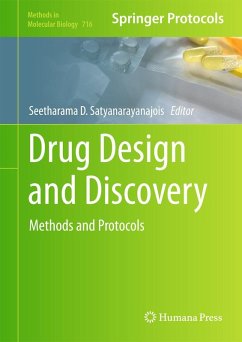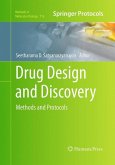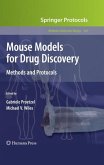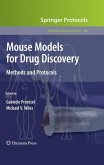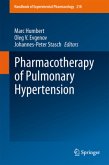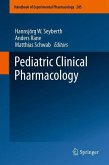Research in the pharmaceutical sciences and medicinal chemistry has taken an important new direction in the past two decades with a focus on large molecules, especially peptides and proteins, as well as DNA therapeutics. In Drug Design and Discovery: Methods and Protocols, leading experts provide an in-depth view of key protocols that are commonly used in drug discovery laboratories. Covering both classic and cutting-edge techniques, this volume explores computational docking, quantitative structure-activity relationship (QSAR), peptide synthesis, labeling of peptides and proteins with fluorescent labels, DNA-microarray, zebrafish model for drug screening, and other analytical screening and biological assays that are routinely used during the drug discovery process. Written in the highly successful Methods in Molecular Biology(TM) series format, chapters include introductions to their respective topics, lists of the necessary materials, step-by-step, readily reproducible laboratory protocols, and tips on troubleshooting and avoiding known pitfalls.
Thorough and accessible, Drug Design and Discovery: Methods and Protocols serve as a vital laboratory reference for pharmaceutical chemists, medicinal chemists, and pharmacologists as well as for molecular biologists.
Thorough and accessible, Drug Design and Discovery: Methods and Protocols serve as a vital laboratory reference for pharmaceutical chemists, medicinal chemists, and pharmacologists as well as for molecular biologists.
From the reviews: "This volume is an easily accessible collection of protocols covering a broad range of different screening methodologies. ... The strong academic background of the authors makes this book highly recommendable to everyone involved in drug screening and has a particular appeal to an academic audience. ... It is highly recommended for all those who are performing drug screening or who aim to be doing so in the near future." (Robin Ketteler, British Journal of Clinical Pharmacology, June, 2011)

